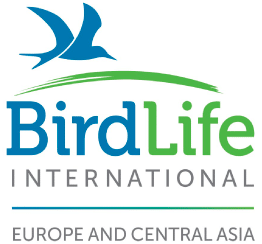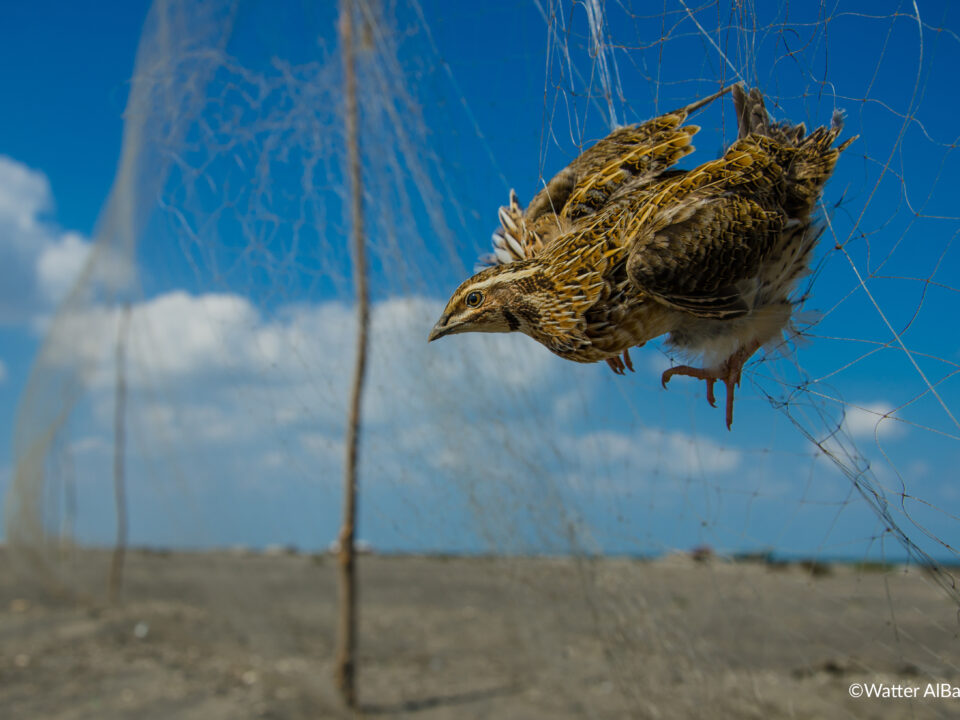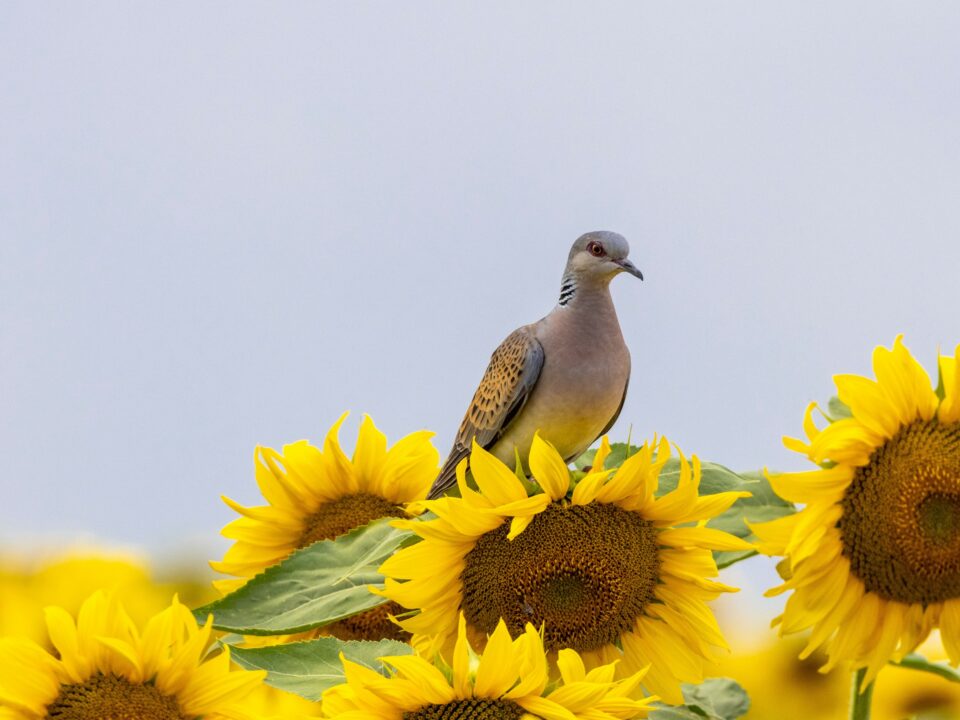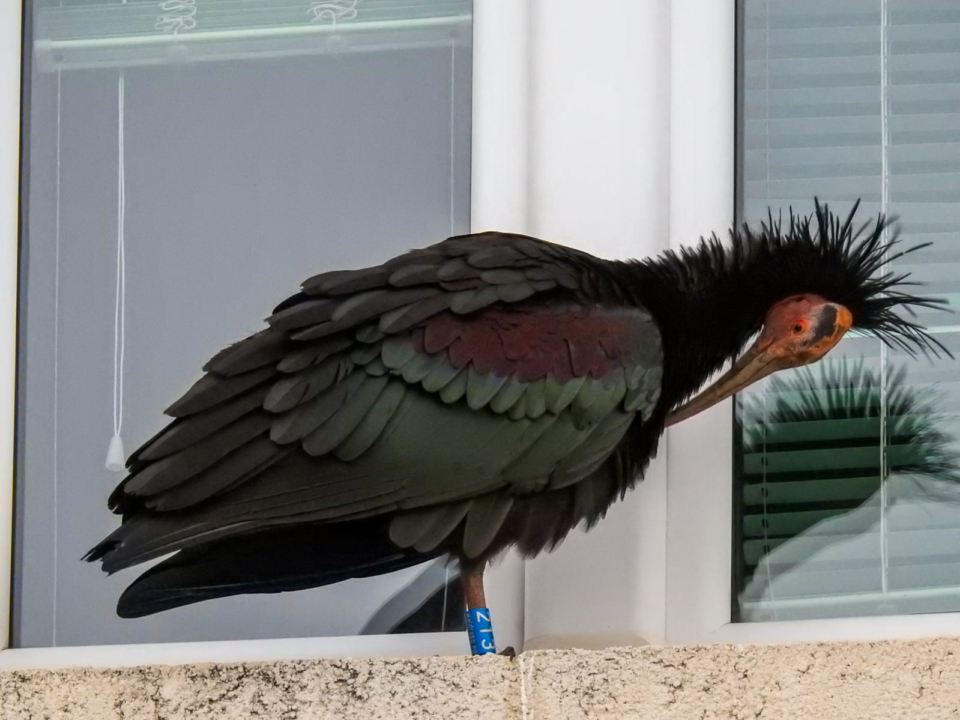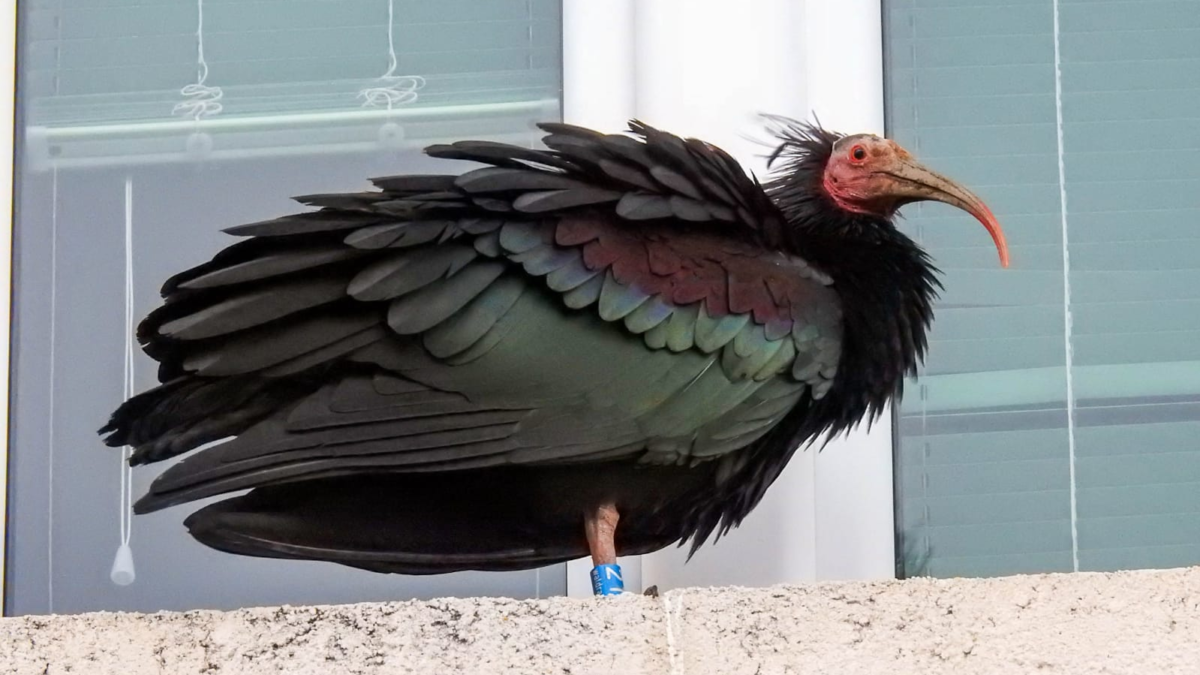
Northern Bald Ibis violently killed in the Neretva Delta: a blow to to the return of an extinct species
The death of Gipsy, a female Northern Bald Ibis (Geronticus eremita) who spent the past three months in Croatia, rightly shocked the public. The species is long-time extinct in Europe and is part of the LIFE Northern Bald Ibis project which aims to re-establish its population in central Europe. It is not surprising that the appearance of one individual in our region caught the attention and sympathy of many citizens.
Written by BIOM association
Following information from the Austrian organization Waldrappteam, which is implementing the Ibis reintroduction project, Biom employees and representatives of the Public Institution for the Management of Protected Natural Values of Dubrovnik-Neretva County went on site in the Neretva delta near Opuzen on Monday, March 6, where they found a carcass of a Northern Bald Ibis.
The most propable cause of its dead is that the Ibis was shot, or suffered from another type of physical injury with the possibility of acute poisoning. A natural death is very unlikely, especially since no extreme weather conditions occured on the day of its dead.
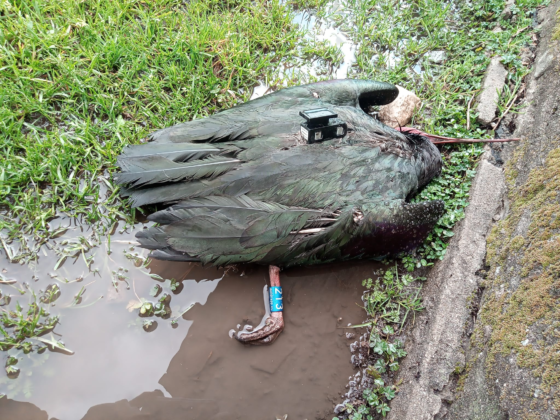
The body of the dead Gipsy was found next to an abandoned agricultural facility (foto: Biom)
Given that this is not the first time that Northern Bald Ibises have died in Croatia under suspicious circumstances, we informed the police about this case and the criminal police immediately took over the case, as well as the veterinary inspector who took the bird and sent it for analysis to the Croatian Veterinary Institute in Zagreb. The result of the analysis should reveal the cause of death.
It’s important to mention that at the beginning of 2020, four Northern Bald Ibises tragically died in Croatia, two of which were poached near the Vrana Lake Nature Park. Unfortunately, the demise of those Ibises did not end with a criminal charge. We hope that this case will not end the same way and that the institutions in charge will do everything in their power to find and punish the perpetrator, if it turns out to be a crime against nature.
In the current case, Gipsy the Northern Bald Ibis, according to the data from the satellite transmitter, moved normally between the sleeping site and the feeding ground and even flew to the island of Šipan and back the day before her death. Daniela Trobe, responsible for the bird management and GPS monitoring of the LIFE Northern Bald Ibis project, said: “Based on the GPS data, we can safely conclude that Gipsy died suddenly and that the cause of death was not natural. There are no signs of predation either. Disease or starvation look different in the data. The bird would be less active before and this would be clearly visible in the activity pattern. The day before her death, Gipsy flew to Dubrovnik and back to the Neretva delta, which means that she was in good physical condition, ready for migration. On the day of her death, she went to feed in the morning, business as usual. 15 minutes later she was dead next to the building. We are waiting for the results of the analyzes from Zagreb so that we don’t have to guess. However, GPS data strongly suggests a human factor.”
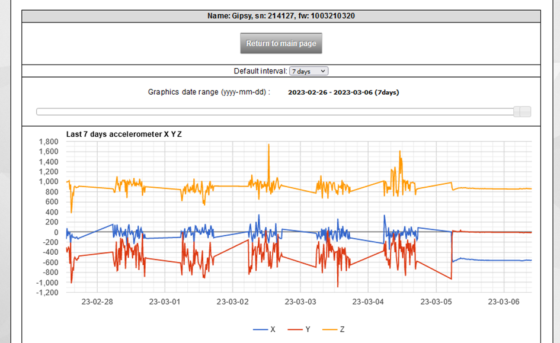
The Gipsy behavior pattern excludes that it suffered from any disease and indicates a sudden, unexpected death.
Johannes Fritz, manager of the european LIFE Northern Bald Ibis project: “For many years we have been fighting against illegal hunting of Northern Bald Ibises, which still cause a third of the losses in Italy. Current data indicate that one of these endangered ibises has now also been killed in Croatia. This saddens us and worries us, because it seems that migratory birds are nowhere safe from this senseless threat to biodiversity.”
This magnificent species of bird became extinct in Croatia in the 18th century with the last individuals nesting in Istria. Their fate was not much better in the rest of the world either – at the beginning of the 21st century, the world population of the Northern Bald Ibis fell to only 200-250 individuals, which survived in the area of North Africa and the Middle East. The Ibis has reappeared in Croatia in recent years thanks to the LIFE Northern Bald Ibis project, which is carrying out the reintroduction of this species in Germany and Austria with about 140 individuals nesting in artificially created colonies.
Northern Bald Ibises on which reintroduction program focus are spending winters in Italy and some of them try to overwinter in the eastern Adriatic coast; unfortunately, most of them die in that attempt.
Cover picture: Fireglo – Shutterstock
